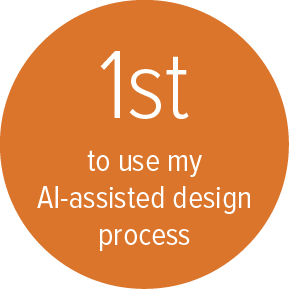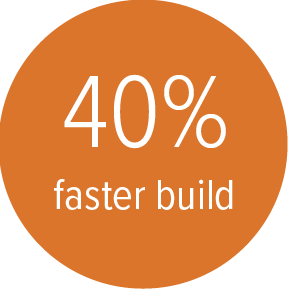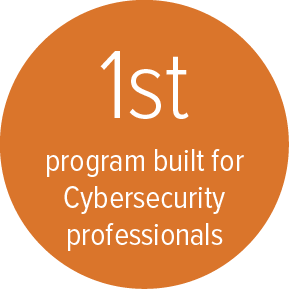AI in Cybersecurity Program Design
FRAMEWORKS: ADDIE + BACKWARD DESIGN
Goal: Equip cybersecurity professionals to apply AI in real-world scenarios while validating a new AI-assisted curriculum design process.
Outcome: Delivered a first-of-its-kind AI in Cybersecurity program on time while validating a new AI-assisted curriculum process.
This project is under NDA, so I can’t share deliverables. Below, I’ve outlined my role, process, and results.
PROJECT SNAPSHOT
Role
Lead Instructional Designer
Project
AI in Cybersecurity Program Design
Program Length
2 months
Project Duration
6 weeks
Stakeholders
Head of Portfolio Management Office, Director of ID, Manager of ID, Content Manager, Editor, Program Manager, Student Support, Product Manager
Tools & Platforms
Custom LMS (Contentful), ChatGPT, Tableau, Microsoft Office Suite, SharePoint, Miro, screen recording + GIF tools, Jira, Slack, Zoom
Accreditation Support
Maintained program documentation to support higher education accreditation standards
PROBLEM
Design and launch a new AI in Cybersecurity program in six weeks.
We’d never built a program for working cybersecurity professionals.
These challenges required more advanced strategy and careful research to meet learner expectations than other AI programs being developed at the same time.
The first application of a new AI-assisted curriculum development process.
PROCESS
After leading the group that created the org’s AI curriculum development process, I was one of the first to use it in practice—while simultaneously supporting IDs across other in-progress programs.
I structured the project using ADDIE with a Backward Design lens:
Analysis (A): Verified strategy with additional field research to ensure content addressed the real-world needs of experienced cybersecurity professionals. Defined learner personas, clarified program goals, and aligned outcomes with business objectives.
Design (D): Created use cases reflecting authentic AI applications in cybersecurity, such as documentation, security plans, and executive presentations. Selected multiple modalities—text, video, interactive assessments—to maximize engagement and skill transfer.
Development (D): Built program assets using ChatGPT, screen recording tools, and interactive content, applying the QA checklists I co-created for the organization. Ensured alignment with accreditation standards and trained fellow IDs on the new AI-assisted process.
Implementation (I): Partnered with cross-functional teams to deliver the program on time. Leveraged a new LMS with expanded tagging features to improve data capture, coordinated launch logistics, and provided rollout support.
Evaluation (E): Established tagging and data-collection structures in the LMS to support future performance analysis, enabling the organization to measure learner outcomes and business impact after launch.
SOLUTION & IMPACT
Program completed 40% faster than usual builds, proving the value of the new AI-assisted design process
First org-wide AI program designed for experienced professionals
Modeled advanced use of ChatGPT in the field of cybersecurity
Established LMS tagging and data-collection structures to enable ongoing performance evaluation and continuous improvement.
Simultaneously trained and supported other Instructional Designers adopting the new AI-assisted process.
Helped shape a new category of AI curriculum for cybersecurity that went beyond fundamentals and prompt engineering


